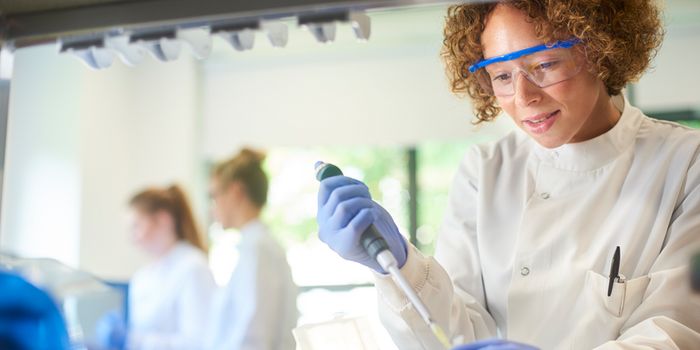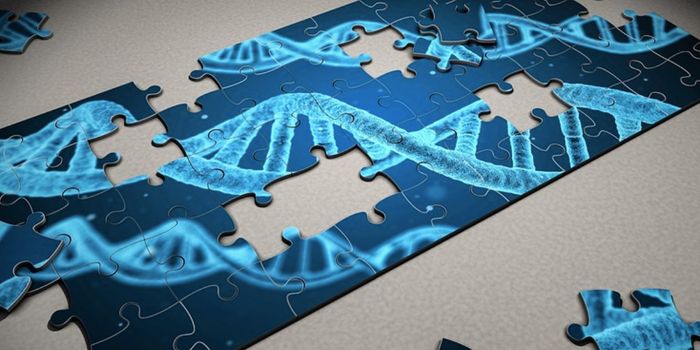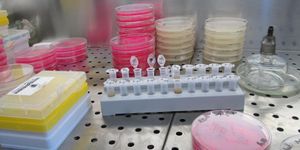Genetic Recombination Appears to be Common in the Human Genome
When the genomes of parents come together to create the genome of a child, their DNA recombines; similar parts are rearranged so that a child carries sections of their parents genomes that have been mixed together. It has been thought that this genome then remains mostly the same throughout life. Most cells in the body carry our entire genome in the nucleus. Different types of cells will continue to divide as we age, producing new cells and replicating the genome to replace the cells that are worn out or damaged. Mutations can occur during that process, and sometimes, they are not corrected. So over time, different types of cells throughout the body will carry a huge variety of different mutations. Now, scientists have found another layer of variation in human DNA.
Advances in genetic sequencing and analysis techniques have revealed the many changes that can happen in the human genome throughout a lifetime. Now reporting in Cell, researchers have also found that certain repetitive parts of the genome can also recombine far more often than we knew. Once disregarded as 'junk' DNA, long, repetitive stretches of the genome seem to undergo many recombination events, which we are only now starting to decipher. That recombination seems to happen in both healthy and diseased cells. The significance is yet to be understood.
The gene sequences analyzed in this study are known as Alu and L1; these are long repeat elements that can be found throughout the genome. Previous work has shown that Alu L1 can undergo recombination to produce mutations that are found in cancer and other diseases. When the DNA of healthy donors was assessed, the study authors found that there were millions of genetic mutations that had been formed when Alu and L1 recombined. Cells in different parts of the body also displayed different recombination patterns.
Human stem cells that had specialize to become neuronal cells were also found with unique recombination patterns in repetitive sections of DNA. One type of genetic mutation may, therefore, be related to certain aspects of human development, the researchers suggested.
When the scientists examined genetic sequences from Alzheimer's and Parkinson's disease patients, they found that each disease displayed specific recombination signatures. Recombination events could potentially be related to these disorders as well, though more work will be needed to understand how they are connected.
"We have shown in this study that the recombination of repeat elements in the human genome is a widespread phenomenon that contributes to the complex constellation of genomic variants making up our genomes," said first study author Giovanni Pascarella of the RIKEN Center for Integrative Medical Sciences.
"We hypothesize that it might be that random recombinations of Alu and LI in somatic cells may occasionally prime the genome of individual cells at vulnerable sites and drive the transition from healthy to pathological states," noted co-corresponding study author Piero Carninci of RIKEN, who added that additional work can help resolve that question.









